So--I realized in the fall that the right side cylinder head in my beetle was messed up, and had had a very high compression ratio and that was bad. Well today I worked on figuring out what to do next.
First, yesterday, I had to clean the garage to get to things. Here I've moved the table with beetle engine bits out of the way:

which makes some space on the work bench:

The goal here is to set the compression ratio to something sensible. First, find out what it is now, and then adjust the effective heights of the cylinders to give the correct combustion chamber volume. First, use the plexiglass disk and measure the volume of the combustiion chambers that are going into the engine
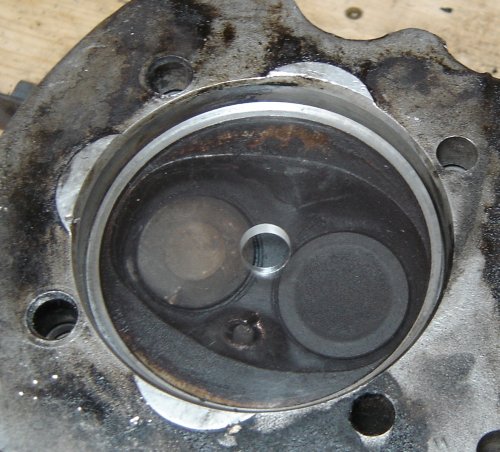
Measuring all four chambers, I'm fortunate in that they'e all basically the same, within 1cc of each other (they're about 50 or 51 cc).
Next, measure the "deck height", which is the space above the piston in its cylinder when it's at top dead center. So for each cylinder/piston, set it to top dead center position

and measure the (small) distance from the piston crown to the top of the cylinder:
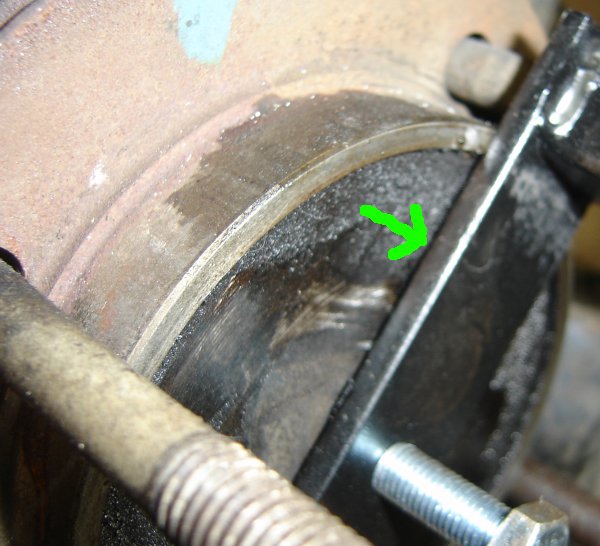
So take the head chamber volumes and the volumes from deck height, do some math
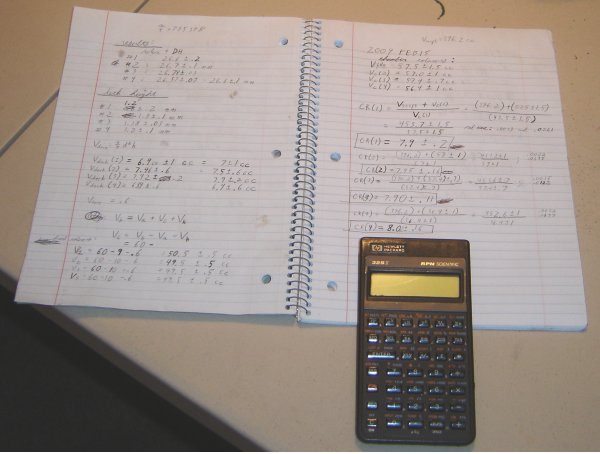
and come up with...
The good news is that things in my engine are pretty much consistent--my best guess of the compression ratio of all four cylinders is that it's about 7.9. Probably higher than I want it; the correct value is 7.3.
Now I'm curious why it's not set right. The deck height seems to be too low (this article says that it should be greater than 1.5mm; mine are around 1.2mm). The deck height is adjusted by putting shims in between the cylinders and the engine block. For the very first time, today I pulled a cylinder open to expose the inside of the block so that I could check to see what shims they had installed.
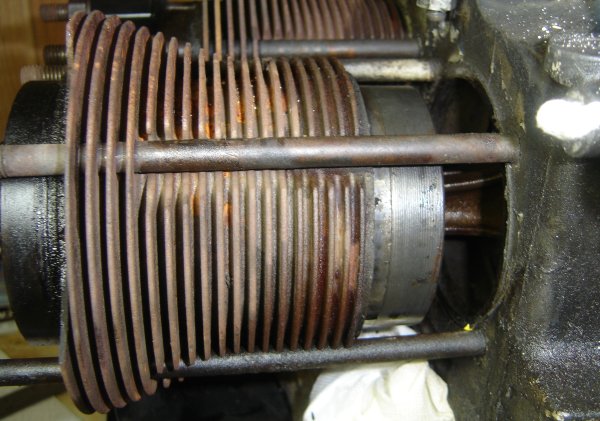
Well, it turns out that the reason is that the person who put the engine together didn't put any shims in at all. Here you can see the paper gasket that's peeled partially away, revealing the magnesium sealing surface. No shim.

As I go through the process of debugging this, I think back to 2006 when it was brand new to me and I drove it from Illinois to Kentucky fairly fast on a hot July day. Every time I find out something else wrong, I marvel that I didn't weld the engine into a solid block that day. A brief run-down on things that were wrong at the time: - the engine was put together without any barrel shims, making the base compression ratio 7.9 rather than 7.3 - the right side cylinder head had been machined too many times, lowering the compression ratio even farther - there was a leak around the throttle bushings, letting air into the induction system and making the car run leaner - The timing was advanced way to far at the time - there was a piece of engine tin missing, allowing the hot exhaust air of the oil cooler to be sucked in by the engine cooling system - the oil pump had been put together incompetently, with the wrong gaskets
All in all, amazing I made it here. (Not without delays; that was the day that the starter started failing). With all that, though, it's nice to know that one of the most important pieces of the beetle engine is indeed there:
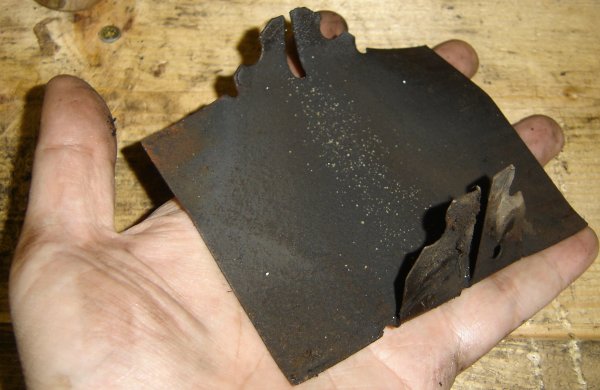
That's the cooling air deflector that forces air coming down between the cylinders from the main cooling fan to pass through the fins of the clyinders, rather than just going between them and out. This is a piece that's occasionally left out, with disasterous results.